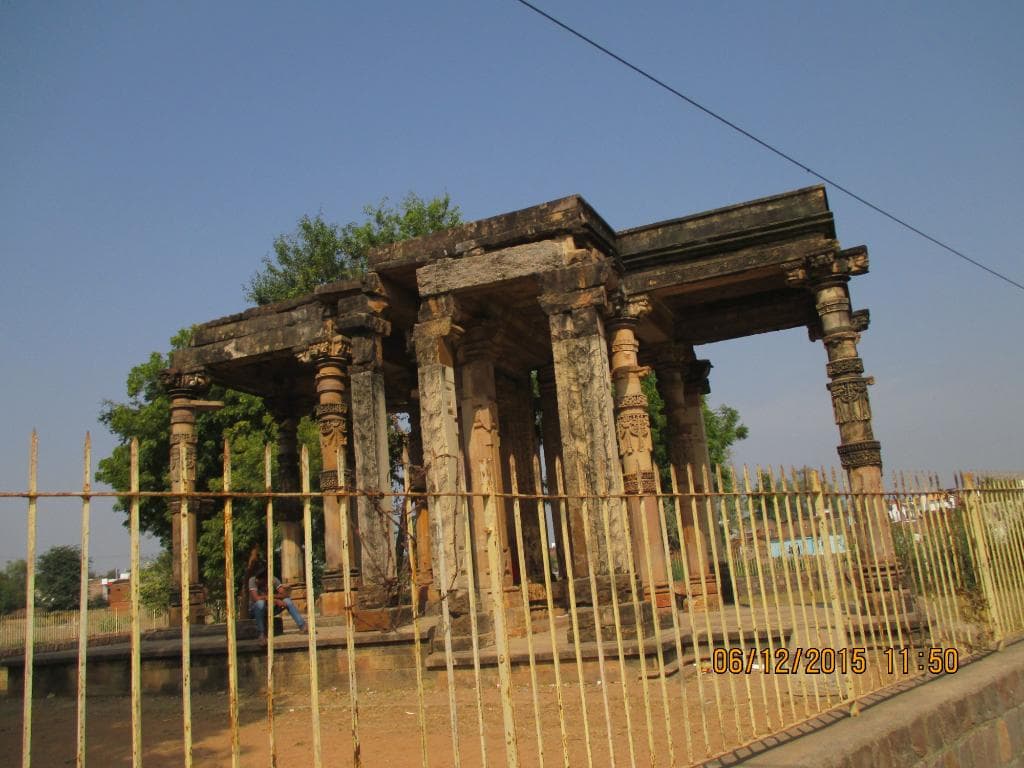
Ghantai Temple Khajuraho
A ruined Jain temple renowned for its tall pillars adorned with distinctive chain-and-bell carvings, part of Khajuraho's UNESCO heritage.

Highlights
Must-see attractions
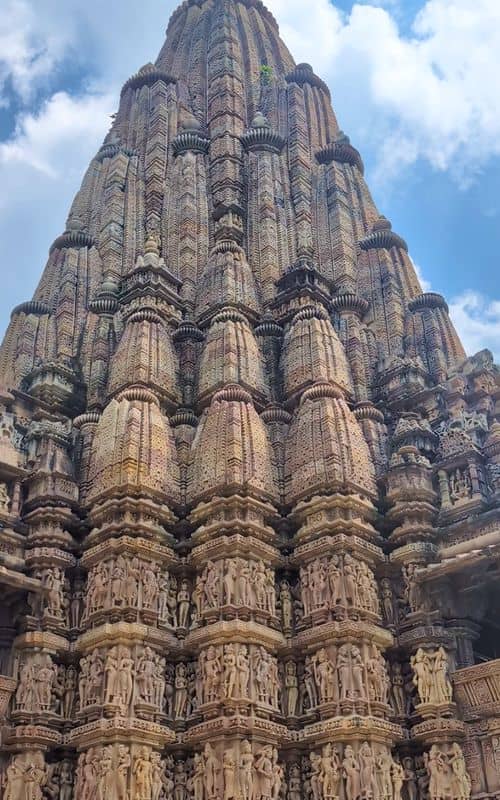
Social
From TikTok & Reddit
Best Time
Beat the heat and crowds

Ghantai Temple Khajuraho
Best Time
Beat the heat and crowds

Highlights
Must-see attractions
A ruined Jain temple renowned for its tall pillars adorned with distinctive chain-and-bell carvings, part of Khajuraho's UNESCO heritage.
"Admire the unique chain-and-bell motifs on the tall pillars of this ancient Jain temple ruin."

Wear Comfortable Shoes
You'll be walking around the ruins, so comfortable footwear is a must. :athletic_shoe:
Visit with a Guide
A guide can bring the history and intricate details of the temple to life. :man_teacher:

Highlights
Discover the most iconic attractions and experiences

Elegant Pillars with Chain Motifs
Entrance Porch and Mahamandapa
Admire the tall, elegant pillars adorned with distinctive chain-and-bell carvings, giving the temple its name.

Intricate Ceiling Carvings
Entrance Porch Ceiling
Marvel at the coffered ceiling of the entrance porch, featuring exquisite carvings of dancers and musicians.

Yakshi Chakresvari Door Lintel
Mahamandapa Entrance
See the eight-armed figure of yakshi Chakresvari, seated on Garuda, carved on the door lintel.
Plans like a pro.
Thinks like you
Planning Your Visit
Timing Your Visit to Ghantai Temple
Understanding Ghantai Temple's Significance
Best Times
Insider Tips
from TikTok, Instagram & Reddit
Wear Comfortable Shoes
You'll be walking around the ruins, so comfortable footwear is a must. :athletic_shoe:
Visit with a Guide
A guide can bring the history and intricate details of the temple to life. :man_teacher:
Capture the Details
Focus on the intricate carvings; they are the true stars of Ghantai Temple. :camerawithflash:
Combine with Western Group
Ghantai is on the way to the Western Group, making it easy to combine visits. :world_map:
Tips
from all over the internet
Wear Comfortable Shoes
You'll be walking around the ruins, so comfortable footwear is a must. :athletic_shoe:
Visit with a Guide
A guide can bring the history and intricate details of the temple to life. :man_teacher:
Capture the Details
Focus on the intricate carvings; they are the true stars of Ghantai Temple. :camerawithflash:
Combine with Western Group
Ghantai is on the way to the Western Group, making it easy to combine visits. :world_map:
What Travellers Say
Reviews Summary
Visitors appreciate Ghantai Temple for its unique chain-and-bell pillar carvings and the intricate details on its surviving ceilings and lintels. While it is a ruin, its historical significance and artistic merit as part of the Khajuraho UNESCO site are highly valued. Some visitors note its fragmentary state, which might be less impressive than other Khajuraho temples.
"The temple, locally called Ghantai on account of the chain-and-bell (ghanta) motifs so prominently carved on its tall elegant pillars is situated to the south of the Khajuraho village. It is the fragmentary shall of a structure, which was essentially of the same design as the Parsvanatha temple but was grander in conception and nearly twice as large in dimensions. All that has survived is an entrance-porch and a mahamandapa, each resting on four tall pillars, supporting a flat ornate ceiling. The coffered ceiling of the entrance-porch is bordered by oblong panels, carved with exquisite groups of dancers and musicians. Its maha-mandapa, like that of the Parsvanatha, is entered through an elaborate doorway and was originally enclosed by a solid wall, of which only a few supporting pilasters have survived. The door-lintel displays centrally an eight-armed figure of yakshi Chakresvari, seated on Garuda. The architrave surmounting the doorway is carved with sixteen auspicious symbols seen in the dream by Jina Mahavira’s mother at the time of conception. The similarly in plan and design between this and the Parsvanatha indicates that the two temples cannot be far removed from each other in date. Of the two, the Ghantai appears to be larger and slightly more evolved and is consequently datable to the end of the tenth century. (Information from ASI)"
Vikas Singh
"It is said that in earlier times the time signal was given by ringing a bell."
sohit chaurasia
""
MRUNAL UMATE
What People Like
What People Dislike
Frequently Asked Questions
🚇 🗺️ Getting There
Ghantai Temple is located south of the main Khajuraho village, on the path leading from the Western Group of temples. You can easily reach it by auto-rickshaw or by walking if you are exploring the temple complex.
Yes, Ghantai Temple is considered part of the Khajuraho Group of Monuments, a UNESCO World Heritage Site, and is often visited in conjunction with the Western Group of temples.
Auto-rickshaws are a popular and convenient way to travel between the different temple groups in Khajuraho. Many visitors also choose to walk, especially between nearby sites like Ghantai and the Western Group.
🎫 🎫 Tickets & Entry
Ghantai Temple is part of the Khajuraho Group of Monuments, which requires an entry ticket for Indian nationals and a separate, higher fee for foreign nationals. The ticket is usually valid for the entire day and covers multiple temple sites.
The Khajuraho temples, including Ghantai Temple, are generally open from sunrise to sunset. It's advisable to check the latest timings with local authorities or your guide upon arrival.
Ghantai Temple is a ruin, meaning only a portion of the original structure remains. However, the surviving parts, especially the pillars and ceilings, are remarkably well-preserved and showcase intricate artistry.
📸 📸 Photography
Photography is generally allowed within the Khajuraho temple complex, including Ghantai Temple. However, tripods and professional video equipment might require special permission or incur additional fees.
Focus on the detailed carvings on the pillars and the entrance porch ceiling. The play of light and shadow in the morning or late afternoon can create dramatic photographic opportunities.
While general photography is permitted, it's always good practice to be respectful and avoid intrusive photography, especially if there are any ongoing religious activities.
🎫 🏛️ History & Architecture
Ghantai Temple was built in the late 10th century, dedicated to the Jain Tirthankara Rishabhanatha. It was grander than the Parsvanatha temple but is now largely in ruins, with only the entrance porch and mahamandapa surviving.
The name 'Ghantai' is derived from the prominent chain-and-bell (ghanta) motifs intricately carved on its tall pillars.
Ghantai Temple shares architectural similarities with the Parsvanatha temple, indicating it belongs to the same period of Chandela dynasty architecture, known for its sandstone construction and intricate sculptural details.
The pillars are exceptionally tall and elegant, featuring unique and detailed carvings of chains and bells, which are a defining characteristic of the temple and its namesake.
For Different Travelers
Tailored advice for your travel style
👨👩👧 Families with Kids
Consider making it a brief stop during a larger tour of the Khajuraho complex. A guide can help make the history more accessible and interesting for older children by telling stories related to the carvings. Ensure children wear comfortable shoes as the ground can be uneven.
📸 Photography Enthusiasts
Aim for early morning or late afternoon visits to capture the best light. The intricate patterns on the ceiling of the entrance porch, depicting dancers and musicians, are also prime subjects. Don't miss the detailed lintel carvings and the auspicious symbols on the architrave.
Deep Dives
In-depth insights and expert knowledge
The Architectural Marvel of Ghantai Temple
The coffered ceiling of the entrance porch is a highlight, showcasing exquisite panels filled with depictions of dancers and musicians. The mahamandapa, entered through an elaborate doorway, was once enclosed by a solid wall, of which only a few pilasters remain. The door-lintel is notable for its carving of the eight-armed yakshi Chakresvari, seated on Garuda, and the architrave above it displays sixteen auspicious symbols associated with Jina Mahavira's mother's dreams.
These architectural elements, particularly the similarity in plan and design to the Parsvanatha Temple, place Ghantai Temple firmly within the artistic period of the Chandela rulers. Its scale and evolved design suggest it was a significant structure within the Jain religious complex at Khajuraho.
Understanding the Jain Significance
The architrave's depiction of sixteen auspicious symbols is also deeply rooted in Jainism. These symbols are believed to have been seen in dreams by the mother of a Tirthankara before their birth, signifying the purity and divine nature of the child to come. The inclusion of these symbols underscores the temple's sacred purpose and its connection to the lineage of Jain spiritual leaders.
While the temple is now in ruins, its architectural and iconographic details offer valuable insights into the practice and beliefs of the Jain community in medieval India. It stands as a reminder of the diverse religious landscape that flourished under the Chandela rulers.
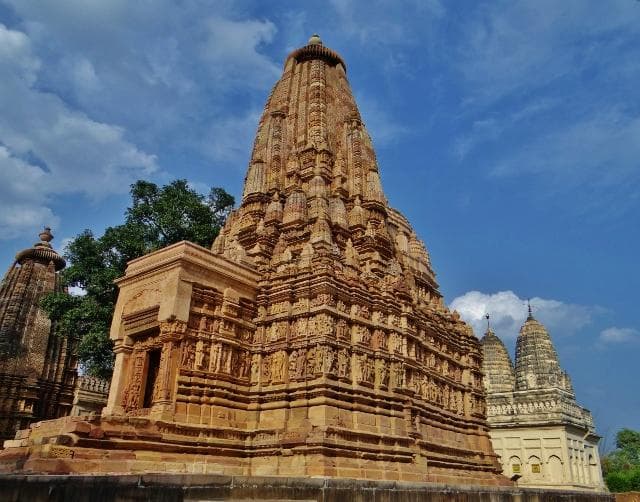
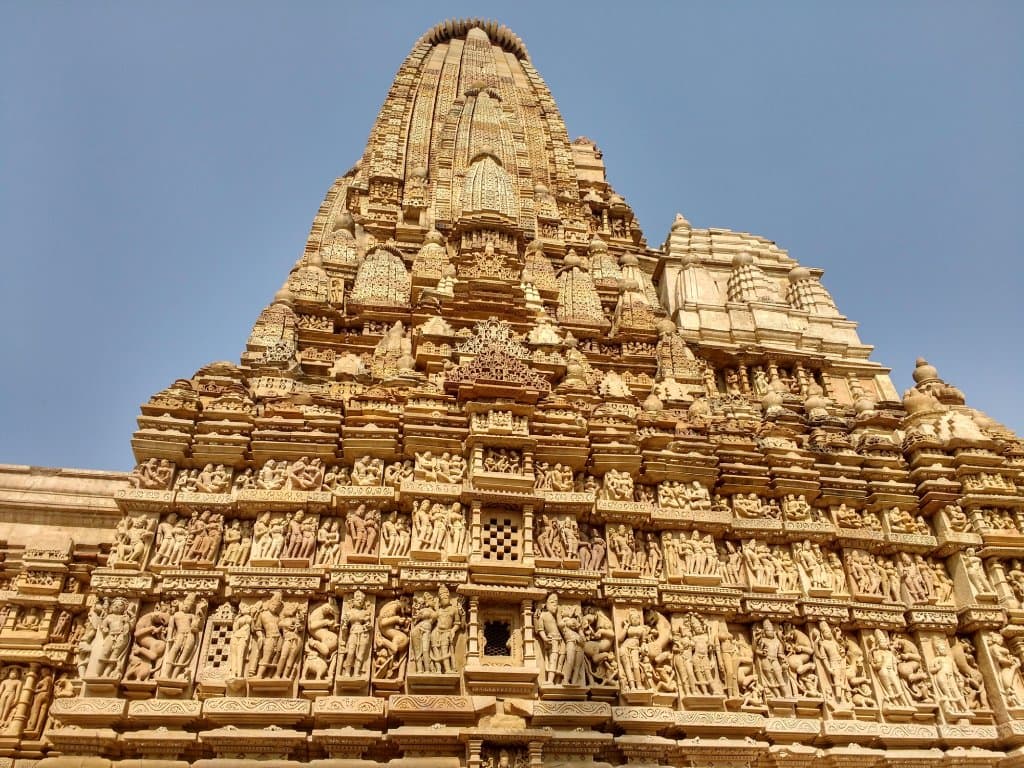


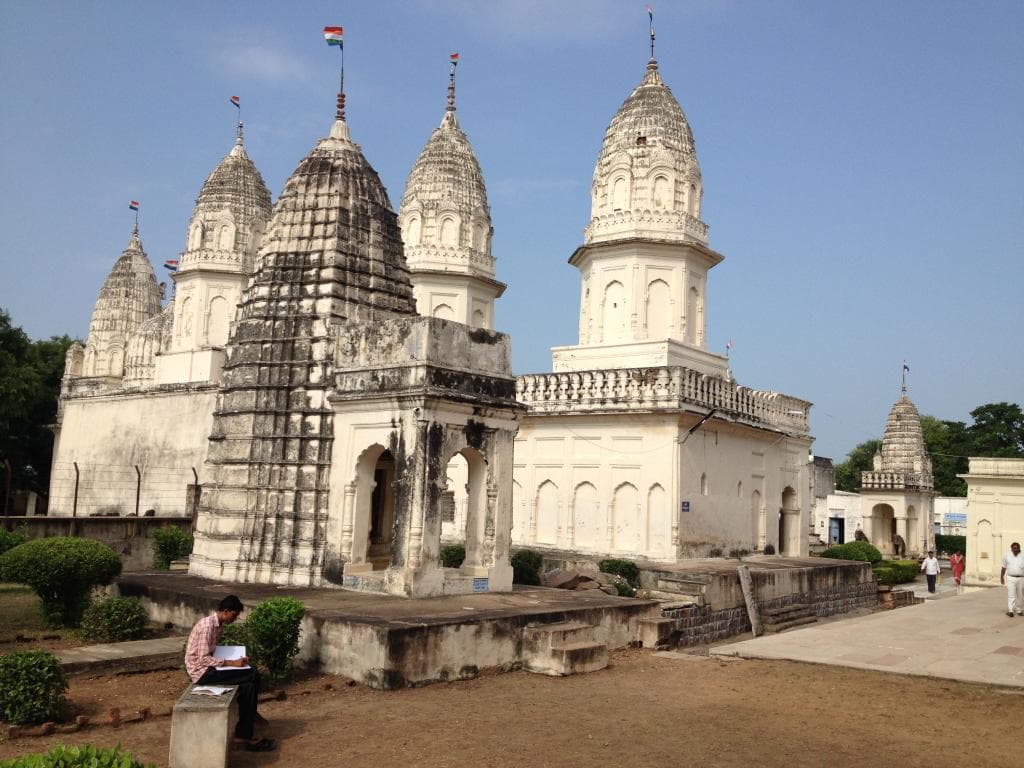
Social
from TikTok, Instagram & Reddit